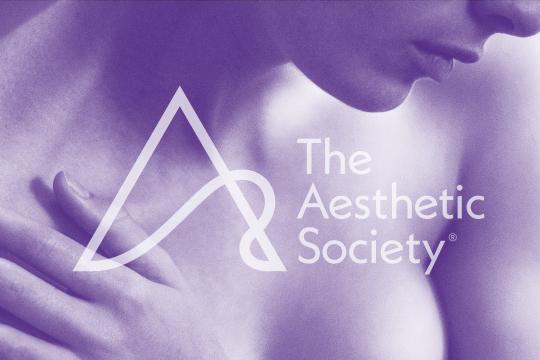
The single best advice I’ve ever gotten and given in regards to healthcare decisions is to be your own best advocate. Sounds simple enough, but in an age filled with social media chatter and unreliable Google sources, arming yourself with accurate information—particularly when it comes to plastic surgery — isn’t always so easy. So in the spirit of self-advocacy, I’m going to break things down into simple, easily digestible — and universally true — bites, starting at the beginning, with some general information about the different levels of aesthetic procedures that you’re likely to consider and what these procedures can and cannot do. Let’s begin.
Surgical procedures
Surgical procedures are the most invasive, but don’t let the “I” word scare you. These procedures provide the “gold star” results. Think brow lifts, facelifts, breast augmentations, liposuctions and tummy tucks, and any other procedure that surgically lifts sagging skin, reduces fat deposits, repositions tissue and restores lost volume. Immediate recovery time can be a week or longer, and you’ll need to allow a month or three to completely heal, and results can last 10+ years (sometimes a lifetime!) The only person qualified to consult and/or perform a surgical procedure is a board-certified plastic surgeon. If there’s any question about this, Google “botched plastic surgery.” You can thank me later.
Recovery: A week+, with weeks—months of healing and precautions.
Results: last 10+ years, some last a lifetime.
Moderately Invasive Procedures
A step-down alternative to surgery is called a moderately invasive procedure, and while these procedures are no substitute for plastic surgery, they can offer noticeable results. Moderately invasive procedures can help reduce the appearance of fine lines and wrinkles, plump up thin lips and enhance shallow contours. Think Botox®, injectable fillers, laser skin resurfacing, deep chemical peels, nonsurgical skin tightening, and cellulite treatments Recovery times range from a few hours to a few weeks, and the results can last anywhere from a few months to a few years. As tempting as it is to fall for the litany of low-cost coupons available for these procedures, it’s simply not worth the risk — the safest course of action when considering any procedure is to consult with a board-certified plastic surgeon.
Recovery: A few hours—a few weeks.
Results: A few months—a few years.
Minimally Invasive Procedures
Next up are minimally invasive procedures, also called “medical skincare.” These procedures can even out skin tone, promote cell turnover, remove unwanted veins or hair, and stimulate collagen to help reduce damage and the signs of aging. Think light-based treatments (e.g., Intense Pulsed Light, or IPL®), microdermabrasion, light skin peels, spider vein treatment, and laser hair removal Recovery times can range anywhere from a few hours to a few weeks, with results that can last anywhere from a few months to a few years. Again, these procedures are not without risk, and should be performed by a qualified individual and overseen by a board-certified plastic surgeon.
Recovery: A few hours—a few weeks.
Results: A few months—a few years.
Noninvasive cosmetic procedures
Finally we come to noninvasive procedures, also called “spa treatments.” Designed to improve skin tone, reduce blemishes, and revitalize and protect the skin, think of these treatments as “preventative medicine” for your biggest organ. The results are temporary, but “spa treatments” get extra credit for being therapeutic and relaxing. Think cellulite wraps, facials and deep tissue massages.
Recovery: None—a few hours.
Results: Temporary.
You’ve got to learn to crawl before you can walk, and understanding the different levels of aesthetic procedures is a vital first step in making any decisions about cosmetic procedures. A consultation with a trusted and qualified plastic surgeon and a little more research here on Smart Beauty Guide and you’ll be all set to decide whether or not a procedure is right for you.






